Japanese fermented foods, known as hakko shokuhin (発酵食品), are absolute staples in Japan. They’re created by transforming everyday ingredients like soybeans, rice, and vegetables through the controlled magic of microorganisms. This ancient practice is responsible for creating complex flavors, most famously umami, and giving these foods a serious nutritional boost.
The Art of Fermentation in Japanese Cuisine
Welcome to the incredible world of Japanese fermented foods, a true cornerstone of the nation’s culinary identity. To really get a feel for these ingredients, it helps to stop thinking about fermentation as a stuffy scientific process. Instead, picture it as a timeless culinary art form.
Think about a master cheesemaker patiently aging a wheel of fine cheese, or a smokehouse expert meticulously curing a prime cut of meat. In Japan, the artisans are microscopic, with the most famous being a special mold called koji (Aspergillus oryzae). These tiny "chefs" work tirelessly, turning simple, humble ingredients into foods with astonishing depth, aroma, and flavor.
From Preservation to Perfection
The story of fermentation really begins out of necessity. Long before anyone had a refrigerator, Japanese communities had to figure out how to preserve their harvests to survive the harsh winters. Fermenting vegetables, grains, and fish was the answer, extending their shelf life and ensuring families had food year-round.
But what started as a practical survival technique quickly blossomed into a sophisticated craft. Over generations, artisans refined these methods, discovering that fermentation did far more than just preserve food—it unlocked entirely new dimensions of taste. This transformation is the real secret to why these foods are so deeply cherished.
The magic of Japanese fermentation is its power to create umami, the fifth taste. It's that savory, rich flavor that makes a dish feel deeply satisfying and utterly memorable. Koji is the key here, breaking down proteins into amino acids and starches into sugars, which acts as a natural flavor enhancer central to almost all Japanese cooking.
Understanding the Key Players
Fermentation in Japan relies on a small cast of natural agents to perform this culinary alchemy. While every food has its own unique recipe, a few key players show up again and again in the most beloved staples.
- Koji (Aspergillus oryzae): Often called "the national fungus of Japan," koji is the undisputed star of the show. It’s grown on steamed rice, barley, or soybeans and is the essential starting point for making miso, soy sauce, sake, and mirin.
- Yeast (Saccharomyces cerevisiae): Absolutely vital for making anything with alcohol. Yeast steps in to eat the sugars created by koji, converting them into alcohol and carbon dioxide. This is the critical step in brewing sake and mirin.
- Bacteria (Lactic Acid and Acetic Acid): These are the good guys, the beneficial bacteria responsible for the signature tangy flavors in foods like tsukemono (pickles) and vinegar. They also play a huge role in the famous probiotic qualities of these foods.
This elegant partnership between simple ingredients and powerful microbes is what truly defines Japanese fermentation. It’s a tradition steeped in history, patience, and a profound respect for natural processes. Getting this foundation is the first step toward appreciating the incredible diversity and pure deliciousness of these foods. For those looking to explore specific flavors, you can easily elevate your dishes with low-sodium miso paste, which delivers all that umami goodness with less salt.
Exploring the Pillars of Japanese Fermentation
To really get a feel for the depth of Japanese cuisine, you have to open up the pantry and meet the ingredients that give it its soul. These core flavors, all born from the ancient art of fermentation, are the very pillars supporting countless dishes. They're the go-to building blocks for chefs and home cooks alike, the secret to creating meals that are both comforting and incredibly complex.
Think of them as the primary colors on the Japanese flavor palette. Just as red, blue, and yellow can be mixed to create any shade imaginable, these fermented staples are combined in endless ways to produce a stunning spectrum of tastes. Let's get acquainted with four of the most essential Japanese fermented foods.
Miso: The Savory Soul of Japan
Miso is a thick, savory paste that is arguably the heart and soul of Japanese home cooking. At its core, it's a simple blend of soybeans, salt, and the indispensable koji mold. This mixture is then left to ferment for months, sometimes even years, slowly transforming into a powerhouse of umami.
The time it spends fermenting completely changes the final product, resulting in a beautiful range of colors and flavors.
- White Miso (Shiro Miso): This type is fermented for the shortest time, often just a few months. It's lighter, sweeter, and more delicate, making it perfect for light soups, salad dressings, and marinades for fish.
- Red Miso (Aka Miso): Fermented for much longer—sometimes over a year—red miso develops a deep, reddish-brown color. Its flavor is far more intense, salty, and profoundly savory. This is what you reach for when making hearty soups, rich glazes, and robust stews that need a powerful umami punch.
You’ll also find yellow miso (shinsu miso) and blended miso (awase miso), each offering its own unique balance of sweet and salty. This versatility is exactly why a simple bowl of miso soup can taste so different from one home or restaurant to the next.
Shoyu: The Universal Umami Enhancer
If miso is the heart, then shoyu—or Japanese soy sauce—is the lifeblood of the cuisine. It's a dark, salty liquid that provides an instant boost of umami to anything it touches. Truly traditional shoyu is made by fermenting a mixture of soybeans, roasted wheat, salt, water, and, of course, koji.
This long brewing process, which can take several months, is what separates high-quality shoyu from its mass-produced cousins. The addition of wheat lends a subtle sweetness and a more complex aroma that masterfully balances the saltiness from the soybeans.
Shoyu is so much more than a dipping sauce for sushi. It is a fundamental seasoning used throughout the cooking process. A splash can deepen the flavor of a broth, form the base of a marinade, or add a perfect finishing touch to grilled meats and vegetables, making it one of the most versatile Japanese fermented foods on the planet.
Natto: The Pungent Powerhouse
Now, let's dive into natto, perhaps the most distinctive and polarizing of Japan's fermented treasures. Natto is made of fermented soybeans and is famous for its powerful aroma, strong flavor, and uniquely sticky, stringy texture. This one-of-a-kind consistency is created by a specific bacterium, Bacillus subtilis natto.
For many newcomers, the first experience with natto can be a bit of a sensory shock. But for those who acquire the taste, it's a beloved and incredibly nutritious breakfast staple, often served over a simple bowl of rice with a dash of soy sauce and some sharp Japanese mustard.
Unlike miso or shoyu, the fermentation process for natto is quite different. Steamed soybeans are directly mixed with the Bacillus subtilis natto bacteria and then incubated for about a day. This allows that signature slimy biofilm to develop, which not only creates its unique texture but also unlocks a wealth of nutrients.
This fascination with fermented products isn't just a Japanese phenomenon. In fact, the Asia-Pacific region led the global fermented food market in 2023, capturing a 38.1% market share. This really speaks to the deep cultural and dietary importance of ferments across the continent, from Japanese natto to Korean kimchi. The entire market was valued at an incredible USD 578.1 billion in 2023 and is only expected to grow as more people learn about the health benefits, like improved digestion.
Mirin: The Sweet and Glossy Elixir
Finally, we have mirin, a sweet rice wine that acts as the essential counterpart to shoyu's saltiness. It adds a subtle sweetness, gives sauces a beautiful glossy sheen, and even helps tenderize ingredients. Real mirin, known as hon-mirin, is made by fermenting a mixture of steamed glutinous rice, cultured rice (kome-koji), and a distilled rice liquor called shochu.
This mixture is aged for several months. During this time, enzymes from the koji break down the rice starches into complex sugars, creating a sweet, syrupy liquid with a low alcohol content.
It plays a starring role in many classic Japanese sauces.
- Teriyaki Sauce: Mirin is combined with shoyu and sugar or sake to create that iconic sweet and savory glaze.
- Glazes and Simmering Liquids: It adds sweetness and a beautiful shine to dishes like grilled eel (unagi) or simmered fish.
- Dipping Sauces: It lends a gentle sweetness that tempers the salt in dipping sauces for tempura and noodles.
Quick Guide to Essential Japanese Fermented Foods
To help you keep these foundational flavors straight, here’s a quick-glance table comparing these four pillars of Japanese cooking.
| Food | Base Ingredient | Primary Fermenting Agent | Flavor Profile | Common Use |
|---|---|---|---|---|
| Miso | Soybeans, Rice, or Barley | Koji mold (Aspergillus oryzae) | Salty, Savory, Umami | Soups, Marinades, Glazes |
| Shoyu | Soybeans and Wheat | Koji mold (Aspergillus oryzae) | Salty, Sweetish, Umami | Seasoning, Dipping Sauce, Marinades |
| Natto | Soybeans | Bacillus subtilis natto | Pungent, Earthy, Strong | Breakfast dish over rice |
| Mirin | Glutinous Rice and Distilled Liquor | Koji mold and Yeast | Sweet, Syrupy, Mildly Boozy | Glazes, Sauces (like Teriyaki), Simmering liquids |
This table should give you a solid starting point for understanding how each ingredient contributes its own unique magic to a dish.
While these four pillars are foundational, the world of Japanese ferments is vast and includes many other delights, such as pickled vegetables. To learn more about this specific category, you might be interested in our guide to explore Japanese fermented vegetables today.
The Gut Health Benefits of Fermented Foods
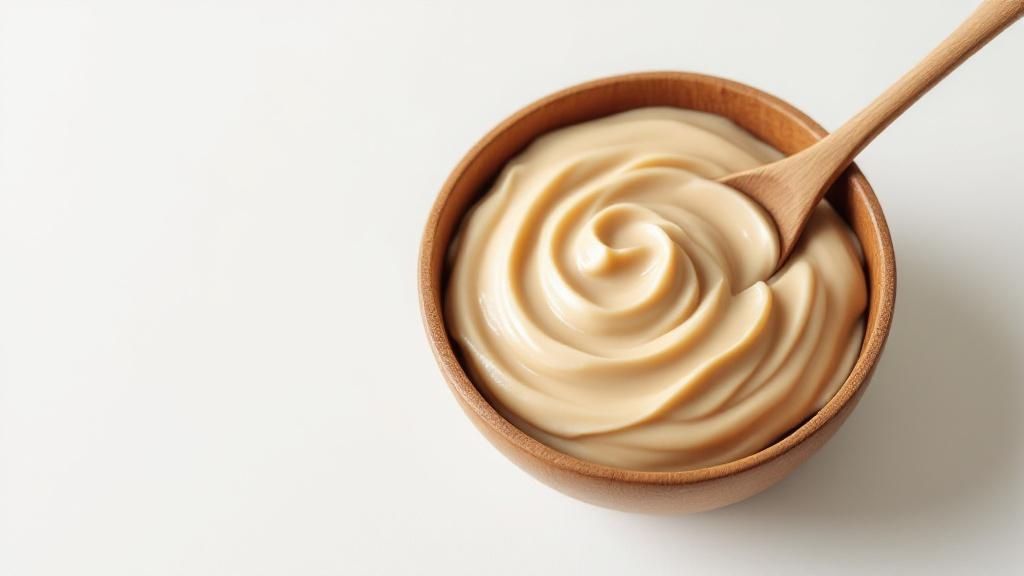
Beyond their incredible flavors, Japanese fermented foods are famous for their profound impact on health and wellness. This isn't just folk wisdom passed down through generations; modern science is now confirming what people have known for centuries. That feeling of well-being after a simple bowl of miso soup? It’s very real, and it starts deep inside your gut.
The star of the show is your gut microbiome, a complex community of trillions of microorganisms living in your digestive tract. Think of it as a bustling internal garden. For this garden to thrive, it needs skilled gardeners to help the good plants flourish while keeping the weeds in check. This is exactly what probiotics—the beneficial live bacteria in many fermented foods—do for you.
Cultivating a Healthy Inner Ecosystem
When you eat unpasteurized Japanese fermented foods like fresh miso or natto, you're essentially sending in a team of these expert "gardeners" to tend to your inner ecosystem. These probiotics get to work restoring and maintaining a healthy balance in your gut flora.
A well-balanced gut is absolutely crucial for more than just digestion. Here's why:
- Improved Digestion: Probiotics help break down foods your body might otherwise struggle with. This can significantly ease common issues like bloating and irregularity.
- Enhanced Immune Function: Did you know a huge part of your immune system is located in your gut? By fostering a healthy environment there, you’re directly reinforcing your body's natural defenses.
- Production of Vital Nutrients: These amazing microbes can actually create essential vitamins, like certain B vitamins and vitamin K, right where your body can best absorb them.
The real power of these foods lies in their ability to create a harmonious internal environment. A balanced gut doesn't just mean better digestion; it's a foundation for overall wellness, influencing everything from your immune response to your mood.
Unlocking Nutrition Through Fermentation
Another huge health advantage of Japanese fermented foods is how they supercharge nutrition. The fermentation process acts like a key, unlocking a treasure chest of nutrients that were previously locked away and inaccessible to your body.
Here's how it works: during fermentation, the microorganisms break down certain compounds in the original food. For instance, they can neutralize phytates, which are natural substances in soybeans and grains that can block your body from absorbing minerals like iron, zinc, and calcium. By breaking down these "anti-nutrients," fermentation makes these essential minerals more bioavailable—meaning your body can absorb and use them far more effectively.
This pre-digestion process not only makes food easier on your system but ensures you get more nutritional bang for your buck with every bite. It’s a major reason why these foods are considered pillars of a healthy diet, a concept also explored in the Japanese diet for weight loss, which frequently incorporates these nutrient-dense powerhouses.
A Tradition Supporting Longevity
The benefits are so significant that they're woven into the very fabric of the nation's health strategies. In Japan, where the elderly population has soared to roughly 36.25 million people—nearly 30% of the total population—fermented foods are daily essentials. This demographic is a key driver of the Japanese fermented superfoods market, which is projected to see strong growth at a 7.80% CAGR from 2025 to 2033.
For this group, the digestive enzymes and anti-inflammatory properties of foods like natto and miso are vital for staying healthy as metabolism and immune function naturally decline with age. You can learn more about how these trends are shaping the market in this detailed report from IMARC Group.
Ultimately, bringing these ancient foods into your modern diet is a simple yet incredibly powerful way to support your body’s most intricate systems from the inside out.
A Culinary Tour of Other Notable Ferments
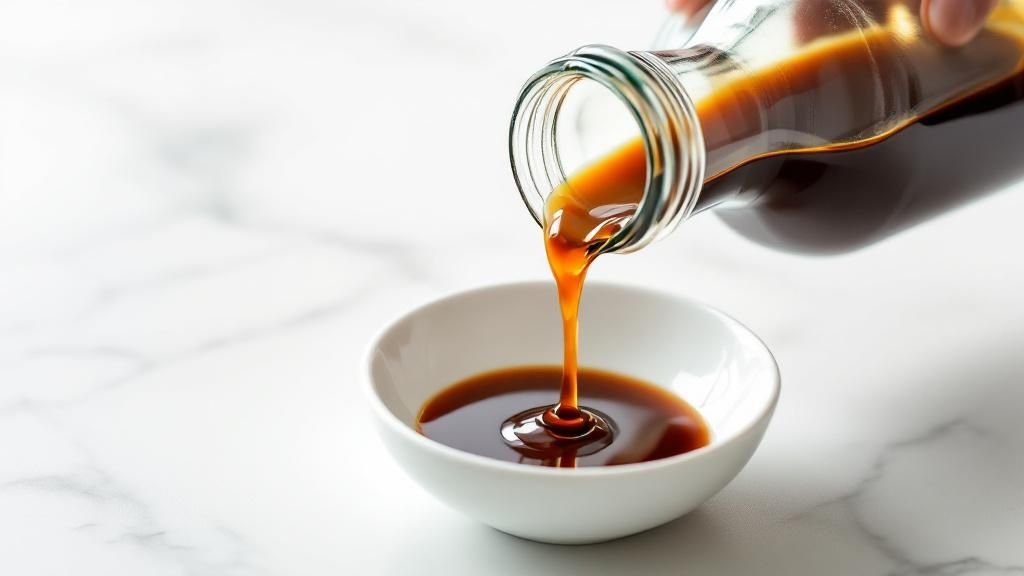
Sure, miso, shoyu, and natto get most of the attention, but the world of Japanese fermented foods is so much deeper and more exciting than just the headliners. Once you venture beyond these staples, you discover a whole landscape of flavors and traditions that are woven into the fabric of daily life in Japan.
From the sharp, refreshing crunch of a pickle to the intense jolt of a sour plum, these other ferments are anything but afterthoughts. They showcase the incredible artistry of fermentation, a timeless practice used to preserve everything from everyday vegetables to prized seafood. This tour will show you just how essential fermentation is to the Japanese kitchen, making an appearance in nearly every meal.
Tsukemono: The Art of Japanese Pickles
No Japanese meal really feels complete without tsukemono (漬物), or pickled things. Think of them as more than just a simple side dish; they are a crucial part of the meal, bringing texture, vibrant color, and a zesty counterpoint to richer dishes. They act as the perfect palate cleanser, resetting your taste buds between bites so you can appreciate every flavor on the plate.
The world of tsukemono is incredibly diverse, with different pickling methods creating wildly different results.
- Shiozuke (Salt Pickles): This is one of the simplest and most common styles. You take vegetables like cucumber or daikon radish, lightly salt them, and end up with crisp, fresh-tasting pickles that still taste like themselves, just better.
- Misozuke (Miso Pickles): For this method, vegetables or even fish are cured in a bed of miso paste. The process infuses them with a deep, savory umami flavor and a rich aroma that’s both salty and a touch sweet.
- Nukazuke (Rice Bran Pickles): A truly traditional method involving a "nuka" bed of fermented rice bran that needs to be tended to daily. The pickles that come out of it are tangy, earthy, and bursting with probiotics.
To get a broader sense of how fermentation fits into the wider world of food preservation, you might find resources like this guide on a modern guide to preserving food at home really interesting.
Fermented Beverages: Sake and Amazake
Fermentation isn’t just for solid food; it’s the magic behind some of Japan's most celebrated drinks. Sake (酒), often called rice wine, is the most famous example. It’s masterfully brewed from just rice, water, yeast, and the all-important koji mold, which works its magic by turning rice starches into sugar so the yeast can create alcohol.
On the other end of the spectrum is amazake (甘酒), a sweet, low-alcohol or non-alcoholic drink also made from fermented rice. It has a thick, porridge-like consistency and a natural sweetness that comes entirely from fermentation. It's so nourishing and easy to digest that it’s often called a "drinkable IV drip" in Japan. While sake is for celebrating, amazake is for everyday wellness.
Adventurous Flavors: Umeboshi and Shiokara
If you have a more adventurous palate, Japan has ferments that deliver bold, intense flavors you won't forget. Umeboshi (梅干し) are small, pickled Japanese plums that pack a powerful salty and sour punch. They are a jolt to the senses, often eaten with rice to cut through richness, and are traditionally believed to help with digestion and fatigue.
Umeboshi are a perfect example of flavor as function. Their intense taste is not just for shock value; it has been traditionally valued for its preservative qualities and perceived health benefits, making it a true functional food.
And then there's shiokara (塩辛), a true delicacy made from various sea creatures fermented in their own viscera with plenty of salt. The most common kind is made with squid (ika no shiokara). With its potent, salty, and unmistakably oceanic flavor, shiokara is a classic partner for a cup of sake, giving you a real taste of Japan's deep connection to the sea.
How to Use Fermented Foods in Your Kitchen
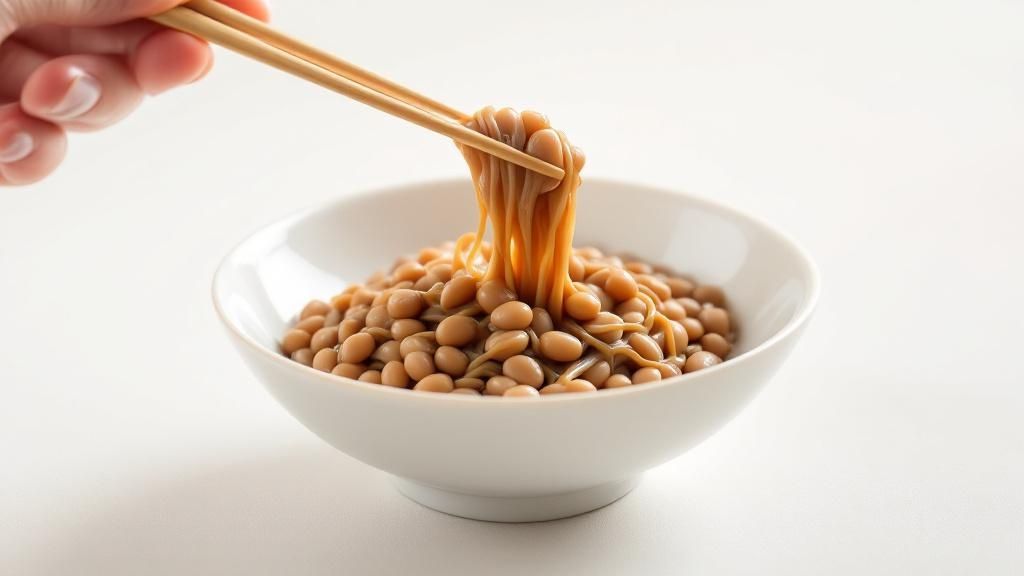
Feeling inspired to bring some of these incredible flavors into your own cooking? This is where the fun really starts. Making Japanese fermented foods a part of your daily meals is far easier than you might think. Forget any intimidation—with a few simple ideas, you'll be using them like a pro.
The secret is to think of them not as complicated dishes, but as powerful flavor builders. A spoonful of this or a splash of that can completely elevate a simple meal with almost no effort.
Foolproof Miso Soup: A Classic Start
One of the most rewarding and straightforward ways to start is with a classic bowl of miso soup. This comforting staple is surprisingly simple to whip up and serves as the perfect introduction to the savory, umami-rich world of miso paste.
Here’s a basic, can't-go-wrong method:
- Prepare Your Dashi: Gently heat 4 cups of dashi (Japanese soup stock) in a saucepan. You can make it from scratch or use instant dashi granules to save time.
- Add Your Ingredients: Pop some soft tofu cubes and rehydrated wakame seaweed into the warm dashi. Let them simmer for a few minutes until everything is heated through.
- Incorporate the Miso: Spoon about 3-4 tablespoons of miso paste into a small bowl. Ladle in a little of the warm dashi and whisk until the paste is completely smooth. This little trick prevents clumpy soup!
- Finish and Serve: Pour the dissolved miso mixture back into the pot. Stir gently and heat it through, but—and this is important—do not let it boil. Boiling can kill the good probiotics and dull the miso's delicate flavor. Serve immediately with a sprinkle of fresh scallions.
A Versatile Soy-Based Marinade
Shoyu, or Japanese soy sauce, is a true kitchen workhorse. When you combine it with mirin (a sweet rice wine), you get a fantastic marinade that works wonders on just about anything—fish, chicken, tofu, you name it.
For a simple marinade that packs a punch, just whisk these together:
- 1/2 cup of high-quality shoyu
- 1/4 cup of mirin
- 1 tablespoon of grated fresh ginger
- 1 clove of minced garlic
Let your protein of choice soak in this for at least 30 minutes before you grill, bake, or pan-fry it. The mirin adds a hint of sweetness and helps create a beautiful, glossy glaze as it cooks.
Brightening Meals with Tsukemono
Tsukemono (Japanese pickles) are the easiest ferments to use right out of the jar—no cooking required! Simply serve a small dish of pickled ginger, cucumber, or daikon radish alongside any rich or fried meal. Their crisp bite and tangy taste cut through heavy flavors beautifully, acting as a perfect palate cleanser.
Think of tsukemono as a textural and flavor counterpoint. If your main dish is soft and savory, like grilled fish, a side of crunchy, sharp pickles adds a delightful contrast that makes the entire meal more dynamic and interesting.
For even more ideas on how to weave these ingredients into your weekly rotation, check out our guide to easy Japanese recipes for quick and delicious dishes.
And while we're all about traditional Japanese ferments, the world of fermentation is wonderfully vast. For a change of pace, you might want to explore breadmaker recipes for a different type of fermented food, like homemade bread where yeast is the star of the show.
How to Source and Select Authentic Products
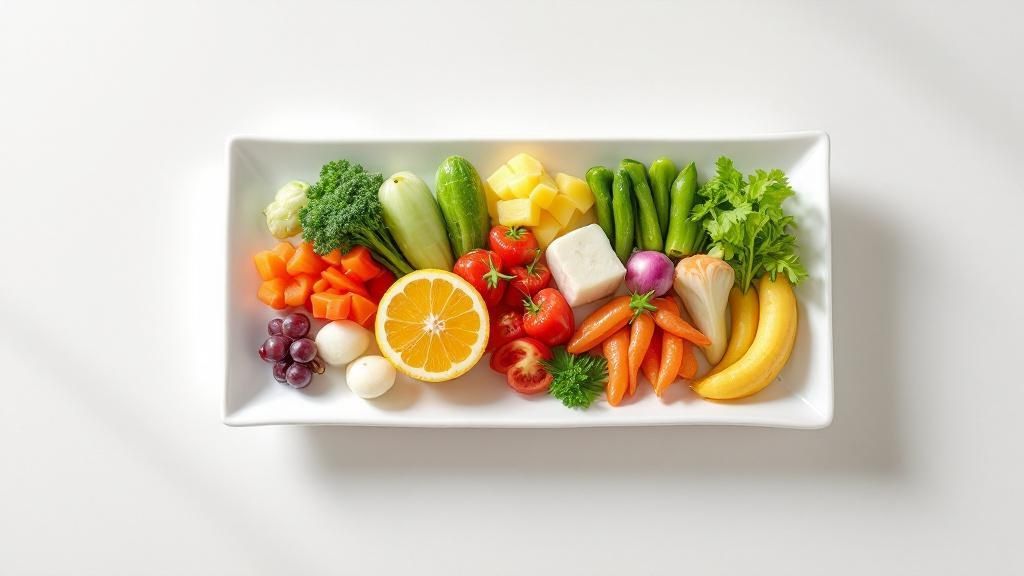
To really unlock the incredible flavors of Japanese fermented foods, you have to start with the real deal. Sourcing authentic products might feel a little intimidating at first, but with a few pointers, you can confidently navigate the aisles of an Asian market or browse online shops like Buy Me Japan.
Think of it like buying fresh fruit or vegetables; over time, you learn to spot the signs of quality. For fermented foods, this means getting comfortable with reading labels and understanding what makes one product stand out from the rest. Making the right choice is your ticket to bringing home genuine, flavorful ingredients for the best possible experience in your kitchen.
Decoding the Labels
When you're trying to tell the difference between two similar-looking products, the label is your best friend. It holds all the clues you need about flavor, quality, and whether it was made using traditional methods.
Here’s what to keep an eye out for on some of the most popular items:
- Miso (Paste): Look for key terms like "aka" (red), which signals a long fermentation time and a deep, robust flavor, or "shiro" (white) for a milder, sweeter taste. The ingredient list should be wonderfully simple: soybeans, rice or barley, salt, and koji. That's it.
- Shoyu (Soy Sauce): The phrase "naturally brewed" or the Japanese term "honjozo" (本醸造) is your sign of quality. It tells you the soy sauce was made through a traditional fermentation process that can take several months. Steer clear of products that list chemical additives or corn syrup—those are shortcuts for a much lower-quality, synthetic sauce.
- Mirin (Sweet Rice Wine): You absolutely want to find "hon-mirin" (本みりん), which translates to "true mirin." This means it’s naturally brewed and actually contains alcohol. Avoid anything labeled "aji-mirin," which are just mirin-style seasonings often packed with glucose syrup and little to no alcohol.
The Pasteurization Question
There's one more critical detail to consider: pasteurization. A lot of the fermented foods you'll find on store shelves, especially miso, have been heat-treated. This is done to extend their shelf life and keep the product looking and tasting consistent.
But here's the catch: while pasteurization makes products stable, it also kills off all the beneficial live probiotics that are so good for your gut health. If you're after the full wellness benefits, hunt for products labeled "unpasteurized," "raw," or "nama" (生). These are living foods, so they'll always need to be kept in the fridge.
This growing demand for authentic, functional foods is a huge deal. The Japan fermented food and beverage market was valued at USD 40.86 billion in 2024, driven largely by deep cultural roots and a strong focus on health. With projections showing it could rocket to USD 75.56 billion by 2033, it's clear that interest in high-quality, probiotic-rich products isn't going anywhere. You can explore these market trends and their surprising link to Japan's aging population in this full report from IMARC Group.
Common Questions About Japanese Fermented Foods
As you start exploring the incredible world of Japanese fermented foods, it's totally normal for a few questions to pop up. This is a culinary landscape with deep roots, unique flavors, and centuries of tradition, so let's tackle some of the most common curiosities to get you started on the right foot.
Think of this as your friendly FAQ for navigating all the amazing tastes and textures. Getting these details straight will make your journey into Japanese fermentation that much more rewarding.
Are All Japanese Fermented Foods Sour?
This is probably the biggest misconception out there. Most of us hear "fermentation" and immediately think of sour things like sauerkraut or dill pickles. While it's true that some Japanese ferments like umeboshi (pickled plums) or certain tsukemono (pickles) pack a sour punch, many others don't at all.
The final flavor profile has everything to do with the base ingredients and the specific microbes doing the work.
- Miso is prized for its deep, savory (umami) and salty notes.
- Mirin is a sweet, syrupy rice wine essential for glazes.
- Amazake is a naturally sweet and creamy drink, almost like a liquid rice pudding.
So, the idea that fermentation always equals sour is a myth. The flavors in Japanese fermented foods run the whole gamut, from intensely savory to delicately sweet.
Can I Eat Fermented Foods Every Day?
Absolutely! In fact, in Japan, it's a daily practice. A traditional Japanese meal almost isn't complete without a bowl of miso soup and a small dish of tsukemono on the side. These aren't just special-occasion foods; they're woven into the very fabric of a balanced diet.
Bringing a variety of these foods into your daily routine is a fantastic, and delicious, way to support your gut health. Of course, just like with any food, balance is important. You'll want to be mindful of your intake of saltier items like shoyu and miso.
A daily bowl of unpasteurized miso soup is one of the simplest and most effective ways to introduce beneficial probiotics into your system. It's a cornerstone of the traditional Japanese diet for a reason—it’s both nourishing and delicious.
Just as you'd protect your skin from the sun daily, think of fermented foods as a daily boost for your inner health. On that note of daily protection, you might also be interested in our guide to the top Japanese sunscreens of 2025 for your skin for complete wellness inside and out.
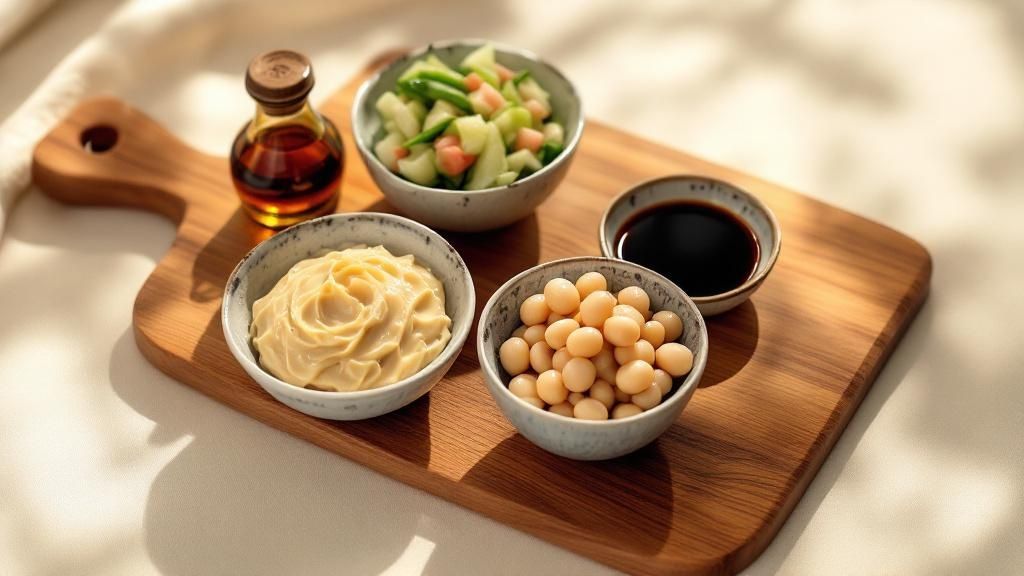
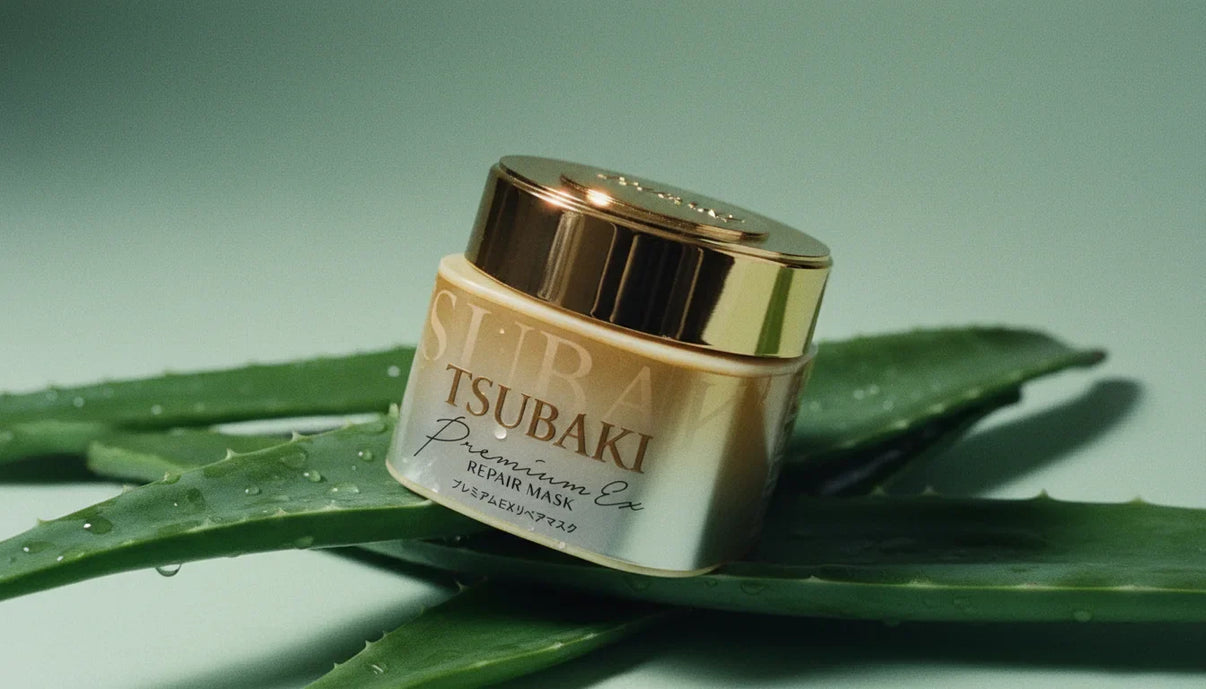

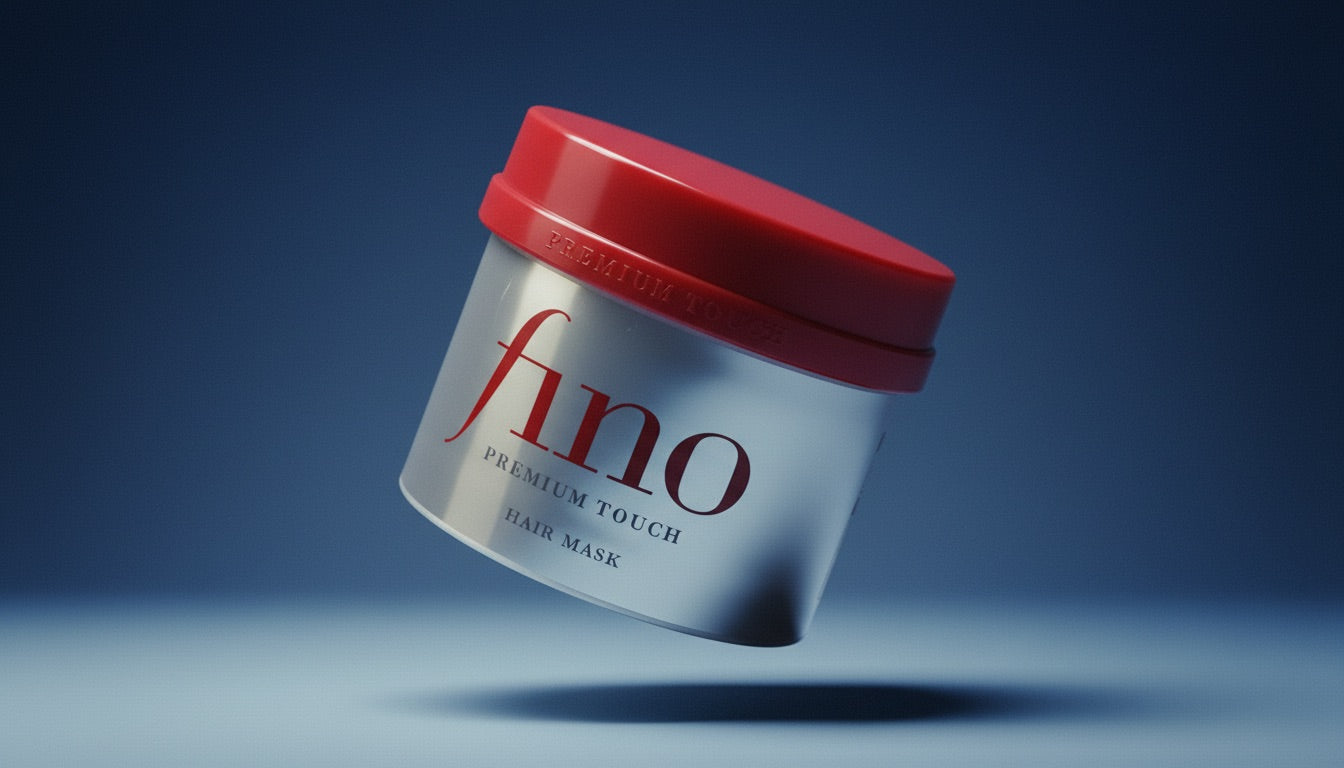
Share:
8 Inspiring Japanese Bento Box Ideas for 2025
Healthy Japanese Snacks to Satisfy Your Cravings